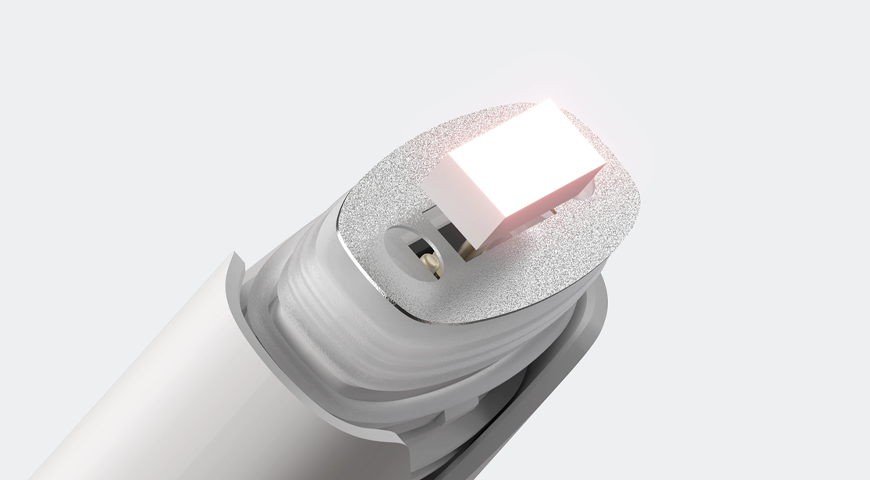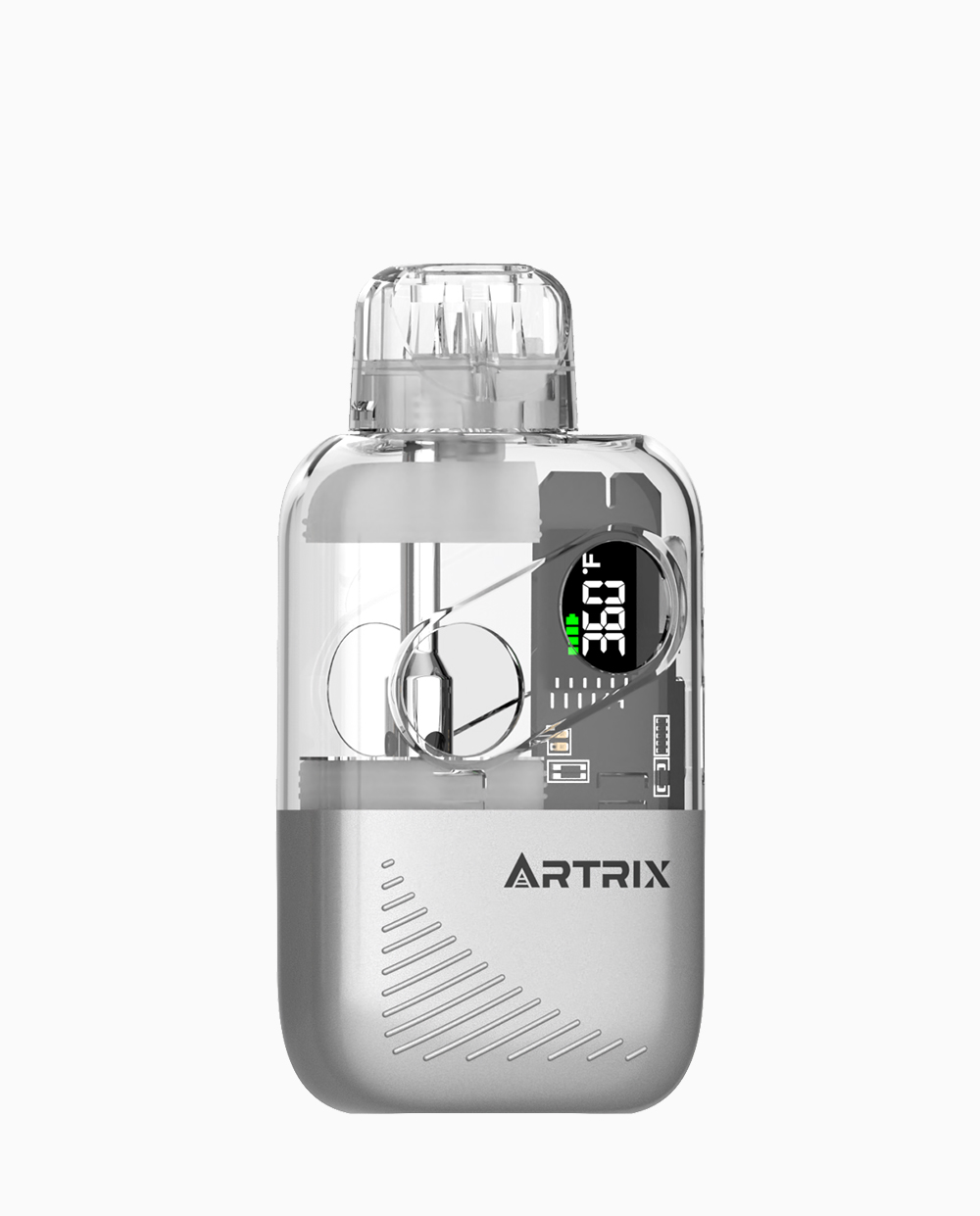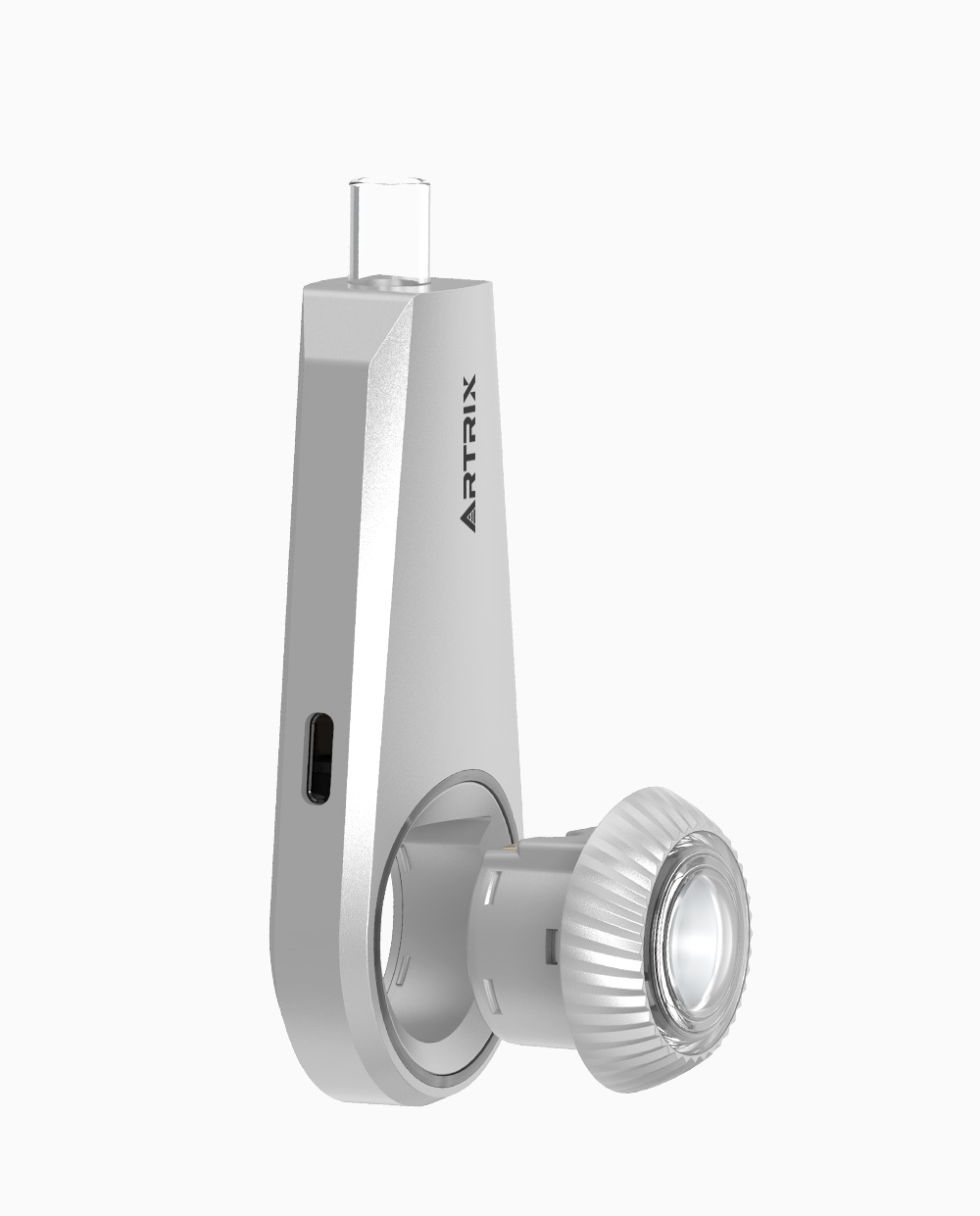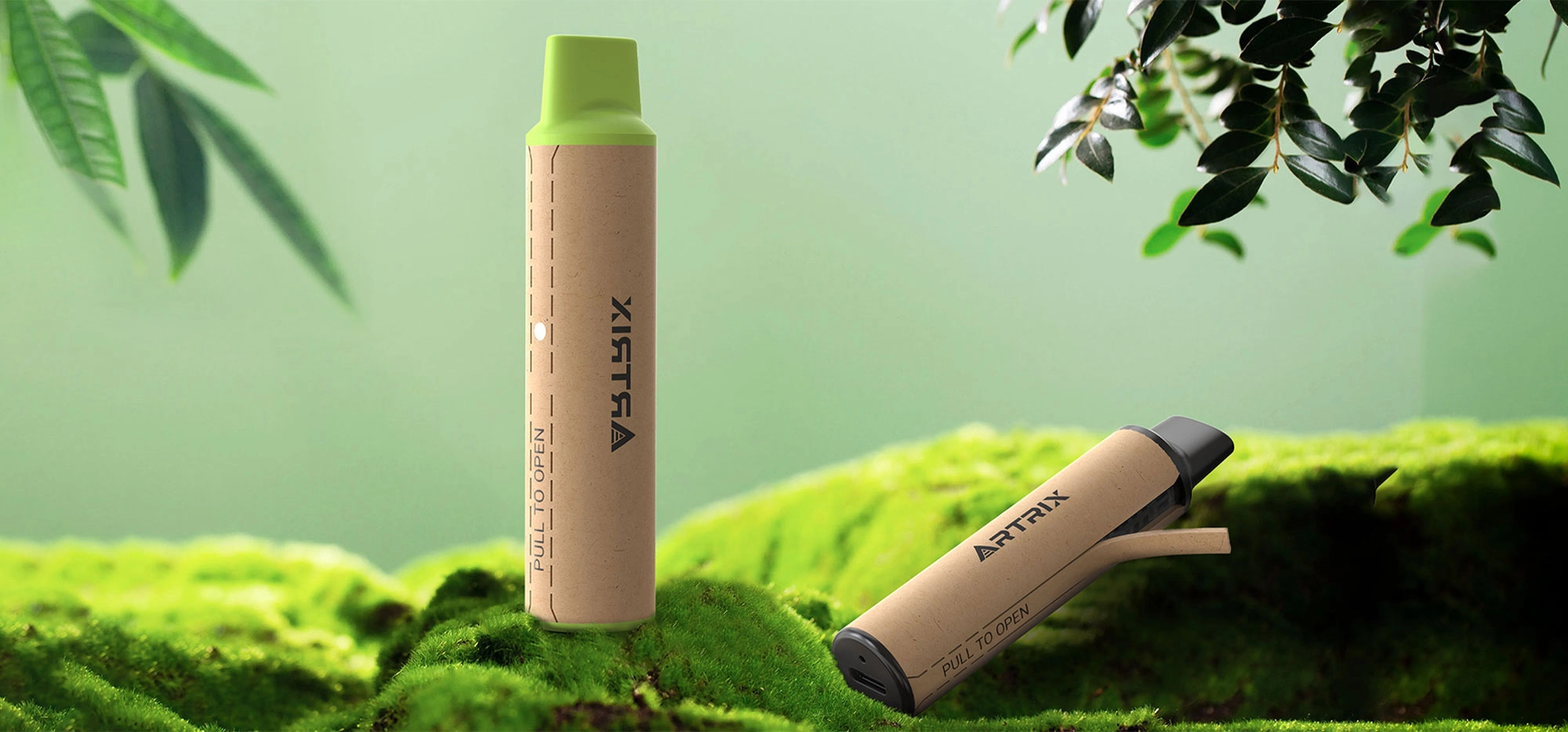How Do Vapes Work And What Chemicals Are Inside Them?
Vaping, once a niche hobby, has exploded in popularity over the last decade. Vaping devices operate similarly from clunky prototypes to sleek, colorful designs, but whether disposable or reusable. There’s a mouthpiece for inhalation that usually activates a battery-powered heating element or coil. Inside, there is a liquid—often called vape juice—housed in a cartridge or absorbed into a spongy material. When the heating element warms the liquid, it transforms into tiny airborne droplets or aerosols, which are then inhaled. Unlike steam from a kettle, vaping produces particles that linger in the air, more like an aerosol spray.

The Chemicals in Vape Juice
Dr. Celine Kelso, a chemist at the University of Wollongong, has been investigating the contents of vapes, especially disposable ones often imported from abroad. Her team has analyzed over 300 devices and is studying an additional 750. They discovered that all vape liquids contain carrier fluids like propylene glycol and glycerol. These colorless, odorless chemicals retain moisture and are commonly used in food additives, cosmetics, and cleaning products.
In vape juice, they serve to replicate the harsh throat hit associated with smoking while also creating the vapor-like clouds. Various chemicals are used to create different flavors, with hundreds available on the market. While propylene glycol, glycerol, and flavorings are considered safe to consume, their safety when inhaled is not well understood, raising concerns about their potential effects on lung health.
Nicotine and Other Concerns
Nicotine is another key component, derived either from tobacco or synthesized in a lab. It’s highly addictive, triggering dopamine release in the brain, leading to increased cravings over time. Nicotine can elevate heart rate and blood pressure, posing serious health risks, particularly for developing brains.
In Australia, it’s illegal for individuals under 18 to purchase vapes. However, nearly every vape analyzed without “nicotine” labeled contained nicotine, which can lead to unexpected addiction for those unaware of its presence in seemingly nicotine-free products.
FAQs
What do vapes contain?
Vapes typically contain propylene glycol, glycerol, flavorings, and often nicotine despite some products being labeled as “nicotine-free.
Are the chemicals in vape juice safe to inhale?
While propylene glycol, glycerol, and flavorings are safe to consume in food, the effects of inhaling these substances are not well-studied, making their safety uncertain.
How addictive is nicotine in vapes?
Nicotine is highly addictive and can lead to increased cravings and health risks , including elevated heart rate and blood pressure.



















-1.webp)
-1.webp)
-2.webp)


























































